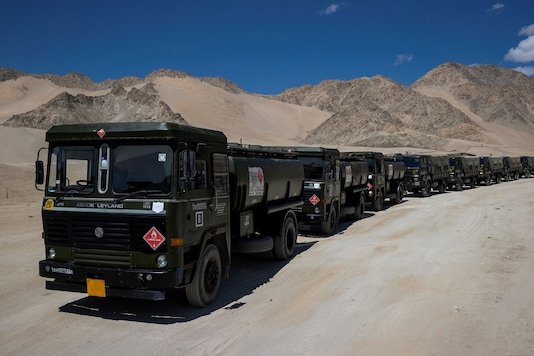The union home ministry on Wednesday stated there had been no infiltration along the Indo-China border in the last six months, as the government looks to play down the reported incursions by the Chinese troops in Ladakh as “attempted transgressions”.
In reply to a question posed by Rajya Sabha MP Dr Anil Agarwal, Minister of State for home affairs Nityanand Rai stated, “No infiltration has been reported along Indo-China border during the last six months”. He did not give any further clarification. His reply listed 47 attempts of infiltration from Pakistan since February.
The statement has generated controversy in light of the constant conflict between Chinese PLA and Indian Army in eastern ladakh since May. Questions have been raised as to why India has been demanding the restoration of status quo ante as of April in diplomatic and military meetings if there were no incursions.
MHA officials, however, said the answer by Nityanand Rai is not in conflict with what defence minister Rajnath Singh has said. "Infiltration as a terminology is associated with terrorists or action where a hostile element sneaks into our territory and moves to hinterland,” a senior official said.
The official adding that defence minister Rajnath Singh had also spoken about attempted transgressions by Chinese troops in his address to the Lok Sabha on Tuesday.
Singh in his speech on Tuesday had said that Chinese army had made “several attempts to transgress the LAC in parts of the Western Sector” and change the status quo, but was thwarted by Indian troops and “responded to appropriately”. However, his statement provided no clarity on where the Chinese are sitting on the LAC at present.
The government has earlier, too, been vague on transgressions by China into Ladakh. In August, a document on the ministry of defence website had admitted to Chinese intrusion into Indian territory in eastern Ladakh, but it was removed after two days. The document was the first acknowledgment from the central government of intrusion into Indian territory by the People’s Liberation Army.
Prime Minister Narendra Modi had in May categorically stated at an all-party meeting that “neither is anyone inside our territory nor is any of our post captured”, post which the PMO had to clarify that the “observation that there was no Chinese presence on our side of the LAC pertained to the situation as a consequence of the bravery of our armed forces”.
“…It was clearly stated that the violence in Galwan on 15 June arose because Chinese side was seeking to erect structures just across the LAC and refused to desist from such actions. The statement had raised eyebrows with observers pointing out that if the Chinese sought to “erect structures” on “across the LAC”, it would need to cross the de-facto border.





















RECOMMENDED FOR YOU